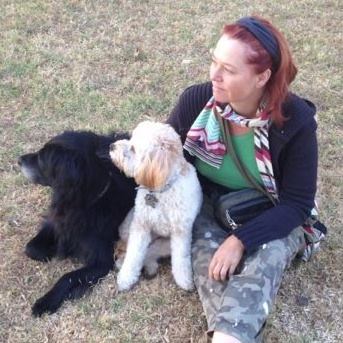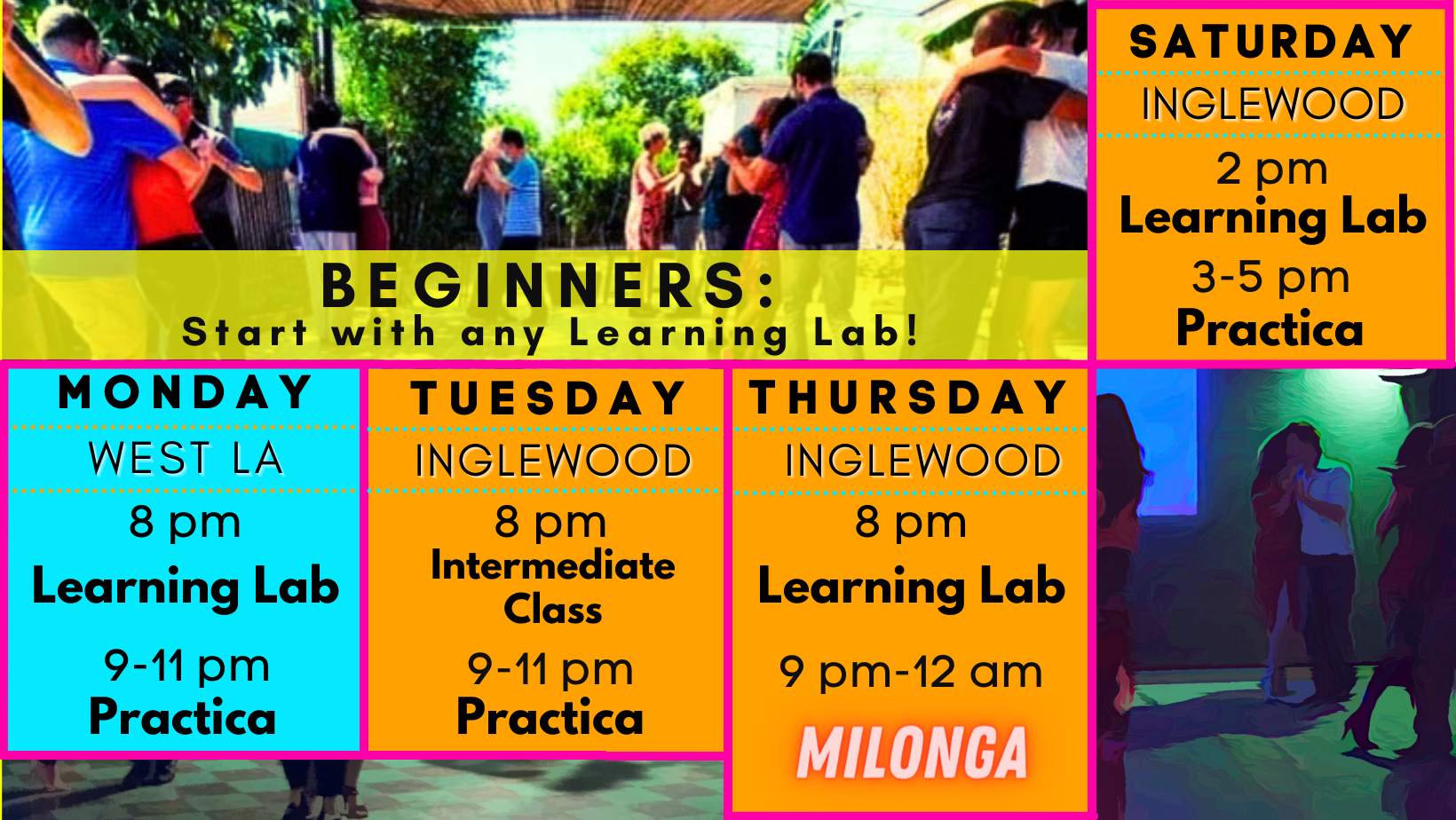The gifts that build Oxygen: completing our replanting
/Photo by Andrei Andreev
Oxygen is like a little plant and each year it grows a bit and needs a new pot. This year's replanting has been carried out by one of the dancers among you, Magan Wiles.
Last November when she joined the school, she offered to lend her expertise in small business infrastructure to improve O2. I had no idea what powers were being unleashed...
Magan peppered me with tons of questions about our processes and thought hard about O2's unique needs. She researched and scheduled demos with a dozen software providers and payment processors. She pulled everything together into a strong, intelligent recommendation for a database/CRM that meets the needs of the O2 community and prepares us for long term growth. She advocated for this solution and found the most budget-conscious way forward. Then she personally sifted through over 3500 records representing over 42,000 event attendances, sprinkled across 7 or 8 different databases to unify and remove redundant info. She spent nights learning wizardly new Excel skills instead of dancing, and she still graduated from the Tango Challenge with flying colors. She created a training manual for class and practica hosts and has come in to personally train every one of them. She has pushed me forward, keeping me to deadlines and prodding me to make hard but necessary decisions. And she has been a source of happiness, fun, positivity and light as all this has unfolded.
Magan has gathered the scattered strands of Oxygen's soul and unified O2 in a way that is going to be very invisible to most of you but will uplift your experience in many subtle ways. Every drop of this hundreds' hours' effort was donated. Please, thank Magan for her hard work and her incredible contributions. I would never have been able to do this without her.
Everything's there - your attendance history, your membership status, your past challenges, your "tangoversary," your past transactions.
To me, Magan's effort symbolizes the efforts of dozens of others who volunteer their time. Over the past 7 years Oxygen has been graced by the living efforts of dozens of people who have been volunteer teachers, administrators, practica and class hosts, "bears", "fractal specialists", "tranzkrafters," tango guides, graphic designers, web designers, team members, backers, brainstorming partners, milonga hosts, writers, event creators, bloggers, interviewers. I would like to write a story about every single one of them. Maybe that's what I'll do with all my free time now that I'm not going to be going crazy trying to make sense out of 8 different data systems.
We live in gratitude for all the miracles that allow us to meet and embrace each other and dance. Love, Mitra













